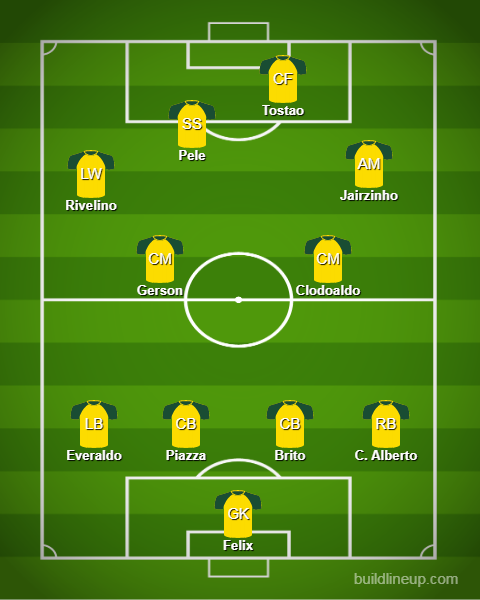Who Is The Tallest NBA Player? – Ranking the 10 Tallest NBA Players Ever
NBA basketball has seen its fair share of exceptional athletes who left a lasting impression on this game. Nevertheless, there are a handful of players that literally stand above the rest.
Those towering figures are often fan favorites, not just because of their gift of being tall but because of their ability to block shots with authority, make thunderous dunks, and catch rebounds.
In this segment, you’ll see the top 10 tallest NBA players of all time, from the basketball giants who ended up in the NBA Hall of Fame to those who were only famous because of their tall stature.
Keep reading, and discover who are these tallest NBA players!
Related: Who Is The Shortest Basketball Player? – Ranking the 10 Shortest NBA Players Ever
#10 – Mark Eaton (7’ 4 / 224 cm)

Standing at an impressive height of 7’ 4”, Mark Eaton sits in the 10th spot on the list of tallest NBA players ever. A behemoth in the paint, he was a dominant defensive center who played for the Utah Jazz his whole career, which spanned from 1982 up until 1983.
Mark was a superb shot blocker and rebounder who won the Defensive Player of the Year award back in 1985 and 1989. He was also an NBA All-Star in 1989. Eaton averaged 6.0 PPG, 7.9 RPG, and 3.5 BPG throughout his career. He’s the 4th best blocker of all time in the NBA.
Even though he wasn’t a prolific point-scorer, his defensive prowess was valuable to the Utah Jazz. There’s no doubt that with his unmatched defensive skills, Eaton played a pivotal role in Utah’s success back in the 80s as well as the early ’90s. Despite never winning the NBA title with Utah, they retired his number 53 jersey. Eaton retired in 1993 because of back issues.
After his career, he was also a commentator for the Utah Jazz and the University of Utah.
#9 – Sim Bhullar (7’ 5” / 226 cm)
Next up on the list is the 7’ 5” Canadian-born basketball giant of Indian descent—Sim Bhullar. Interestingly, he’s the first player ever of Indian origin in the NBA. Nicknamed “Sim City,” Bhullar was signed by the Sacramento Kings in 2015 as an undrafted basketball player.
Although he was of remarkable height and build, he missed signing a long-term deal due to his poor conditioning and mobility, which was limited since he weighed 350 lbs.
He played in only 3 games for the Sacramento Kings in the 2014/15 seasons, averaging 0.7 PPG.
Besides playing in the NBA, Sim played in the NBA G-League for the Reno Bighorns and in a few overseas leagues.
#8 – Pavel Podkolzin (7’ 5” / 226 cm)
Another towering player is the Russian-born Pavel Podkolzin, who stands at an impressive height of 7’ 5”. He was drafted by the Utah Jazz in 2004 as the 21st pick in the 1st round and got traded to the Dallas Mavericks. Podkolzin was mainly chosen as a high draft pick because of his impressive height, shot-blocking, and rebounding abilities.
Unfortunately, his time in the NBA was unimpressive since he only played for two seasons for the Mavericks and only appeared in 6 games during that period since he struggled with numerous injuries. In those 6 games, he averaged 0.7 ppg and 1.5 RPG.
Besides playing in the NBA, Podkolzin spent most of his career playing for Russian clubs that competed in the lower divisions.
Apart from his lack of success in the NBA, Pavel’s height and size remained an exciting talking point among basketball fans.
#7 – Chuck Nevitt (7’ 5” / 226 cm)
The No. 7 spot on the list of the tallest NBA players ever goes to an old-school big man—Chuck Nevitt. At 7’ 5”, he was often brought into the game from the bench, given his immense height and skills in blocking shots.
Nevitt wasn’t the most successful player out there since he only managed to average 1.6 PPG, 1.5 RPG, and 0.7 BPG. His career in the NBA lasted for ten seasons, and he played for clubs like the Houston Rockets, LA Lakers, Detroit Pistons, Chicago Bulls, and the San Antonio Spurs.
In 1986, he won the NBA title while being part of the “Showtime Lakers” team and became the tallest NBA player ever to win an NBA championship. Even though he wasn’t a superstar center, basketball enthusiasts will hardly forget such a towering figure.
#6 – Yao Ming (7’ 6” / 229 cm)
A true NBA icon is the 7’ 6” Yao Ming. Besides being one of the tallest basketball players in history, Yao weighed over 300 lbs and was a dominant figure in the best basketball league in the world. He was selected as the No. 1 pick in the 2002 NBA Draft by the Houston Rockets.
Given his superior presence in the paint, Ming lived up to his potential. Yao could block shots, rebound the ball, and score, making him a versatile player. During his eight seasons in the NBA, Yao has averaged 19.0 PPG, 9.2 RPG, and 1.9 BPG as well.
No one can deny that he was a star player who helped the NBA be recognized globally. Unfortunately, Yao had to retire due to his issues with ankle and foot injuries. Nonetheless, Ming was an impactful player who got inducted into the NBA Hall of Fame in 2016.
#5 – Shawn Bradley (7’ 6” / 229 cm)
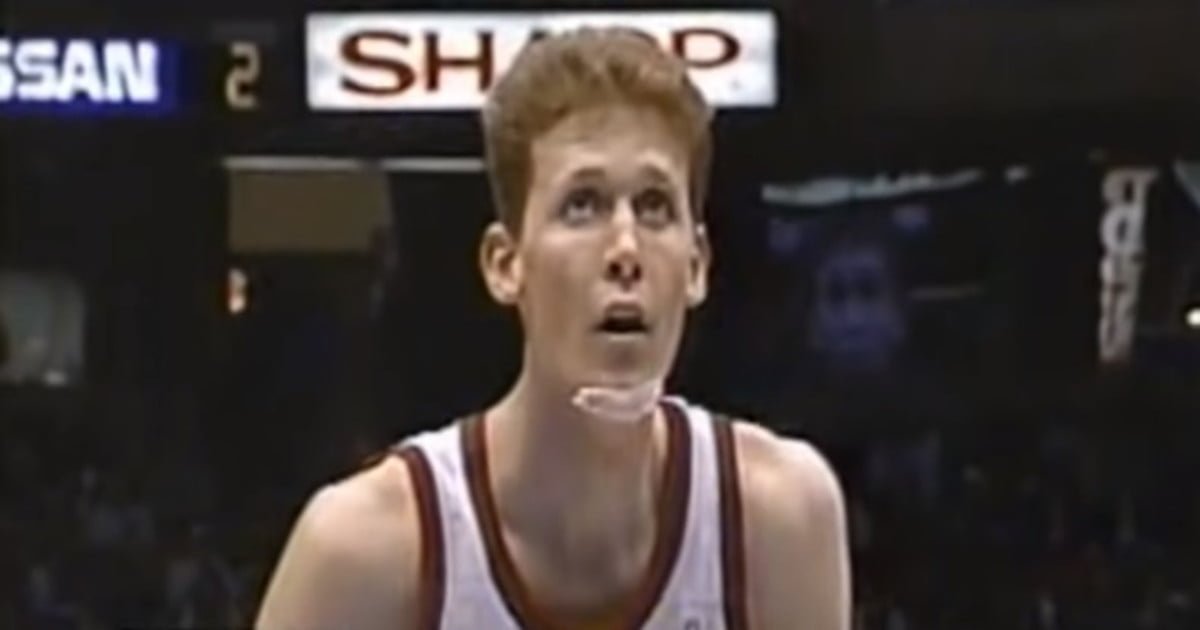
The next player who makes it on the list of the tallest NBA basketball players of all time is the American-German 7’ 6” giant, Shawn Bradley. He is also the tallest NBA player from the US. He was chosen as the 2nd pick of the NBA Draft in 1993 by the Philadelphia 76ers. Besides the 76ers, Shawn played for the New Jersey and the Dallas Mavericks.
His strength was blocking shots, making 2119 blocks in his career and averaging 2.5 BPG. He sits on the 15th spot of the NBA’s all–time leaders in blocks. He averaged a solid 8.1 PPG and 6.3 RPG in his career. Despite being a dominant force in the paint, he received criticism for his limitations in the offense, but still, his defensive prowess was unparalleled.
After his NBA career, Bradley became a humanitarian and a basketball ambassador, many in countries where this game was undeveloped. Many also recognize him when he starred in the legendary movie “Space Jam.”
#4 – Slavko Vranes (7’ 6” / 229 cm)
The colossal Slavko Vranes from Montenegro, who stands at 7’ 6”, was one of the tallest players who stepped on the NBA hardwood. Before and after his brief time in the NBA, Vranes played professional basketball in numerous European teams.
The New York Knicks selected him in the 2nd round of the NBA Draft in 2003, but he eventually joined the Portland Trailblazers in 2004. Vranes played only for three minutes in his only game for Portland.
He had problems with injuries and conditioning, which limited his chances of getting a long-term deal in the NBA.
#3 – Tacko Fall (7’ 6” / 229 cm)
The Senegalese player, Tacko Fall, makes the list of the tallest basketball players, standing at 7’ 6”. Before joining the NBA, Fall was known in college as an exceptional shot-blocker and a great defender overall.
He went to the Boston Celtics in 2019 as an undrafted player, where he caught the attention of basketball die-hard fans thanks to his tall stature and upbeat personality. Besides the Celtics, Fall also played for one season as a player for the Cleveland Cavaliers.
Fall didn’t have much playing time in the NBA since he appeared in only 37 games in 3 seasons. During that period, he averaged 2.2 PPG, 2.4 RPG, and 0.8 BPG in only 6.2 minutes per game. He played in the NBA G-league for the Maine Red Claws and the Cleveland Charge.
In 2022, he went overseas to play in China.
#2 – Manute Bol (7’ 7” / 231 cm)
The second tallest NBA player in history is Manute Bol from Senegal, who stood at a whopping 7’ 7”. He was an iconic player that left many fans in awe when he played, mainly due to his incredible height, lanky frame, and impressive skills regarding blocking shots.
Each time Bol was in the paint defending his basket, players on the opposing side were worried about being brutally blocked by him. Manute made 2086 blocks in his career and is the 16th player on the list of all-time block leaders in NBA history. In his NBA career, Bol averaged 3.3 BPG, 2.6 PPG, and 4.2 RPG.
Apart from being an exceptional defensive player, he could also score three-point shots, which was a rare skill for tall players. In his NBA career that lasted ten seasons, Bol played for numerous NBA teams like the Washington Bullets, Golden State Warriors, Philadelphia 76ers, and Miami Heat.
Bol unfortunately passed away at 47, but he’ll always be remembered as a player who helped basketball become more globally recognized. He also serves as an inspiration for many players in this world.
#1 – Gheorghe Muresan (7’ 7” / 231 cm)
Gheorghe Muresan is a Romanian player who surpassed Bol in height by a fraction of an inch. He’s the tallest NBA player ever, standing at 7’ 7”. Like all of the players on the list, Gheorghe played as a center and was known for being an outstanding shot-blocker and rebounder.
The Washington Bullets drafted him in the 2nd round back in 1993. Muresan maybe wasn’t a star player, but his colossal size helped him tremendously in having an admirable NBA career.
In 6 seasons in the NBA, Gheorghe put up impressive numbers, averaging 9.8 PPG, 6.4 RPG, and 1.5 BPG. Besides spending four seasons as a Washington Bullets, he also played two seasons for the New Jersey Nets. Muresan also got the Most Improved Player award in the 1995/96 season.
A series of unfortunate injuries led Muresan to retire in 2000.
In 2004, Muresan founded the Giant Basketball Academy, a program that helps kids learn how to play basketball.
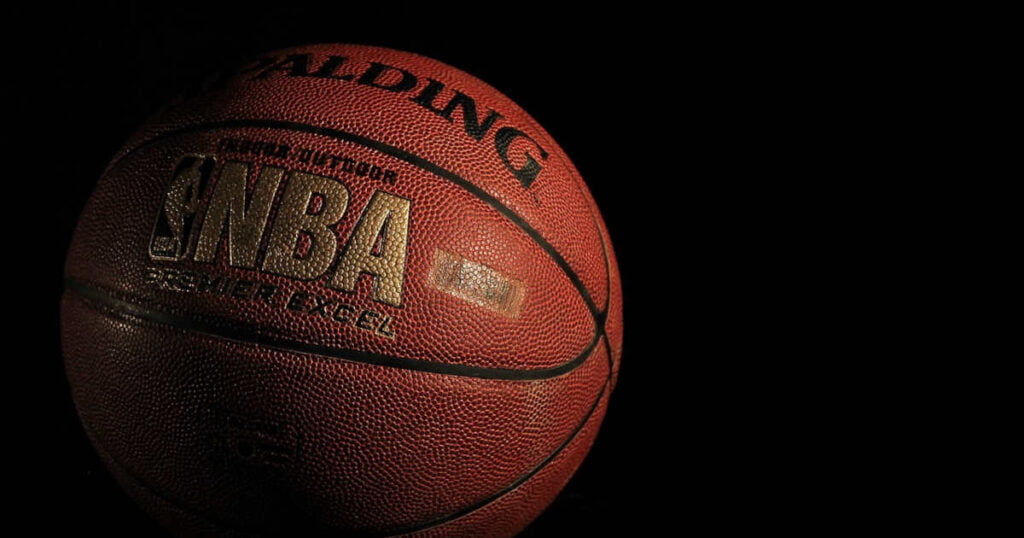




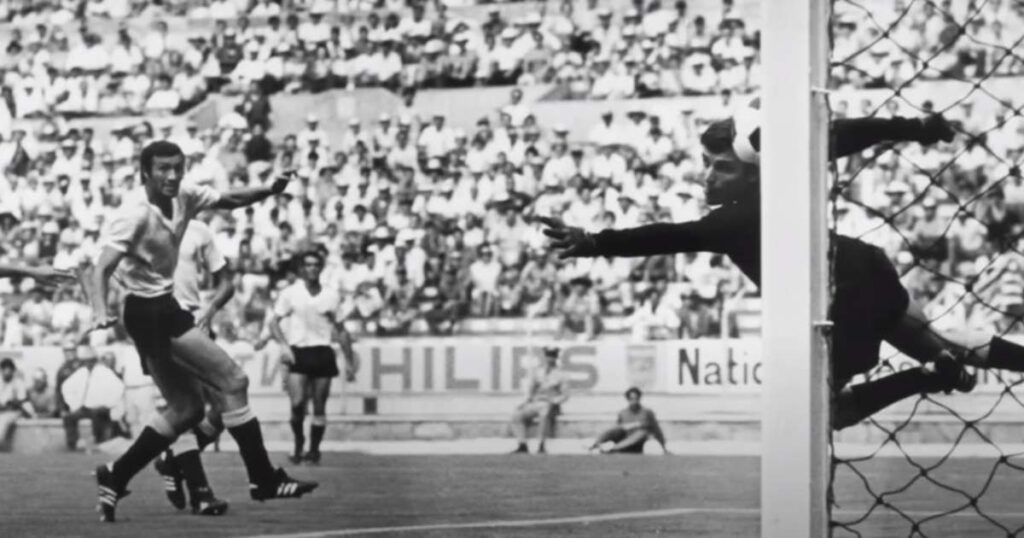
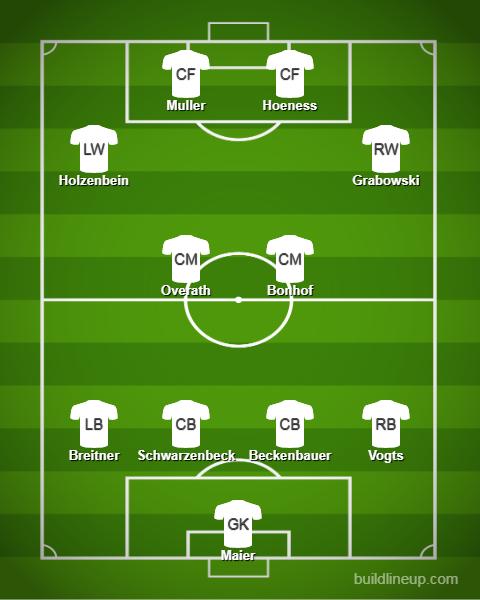
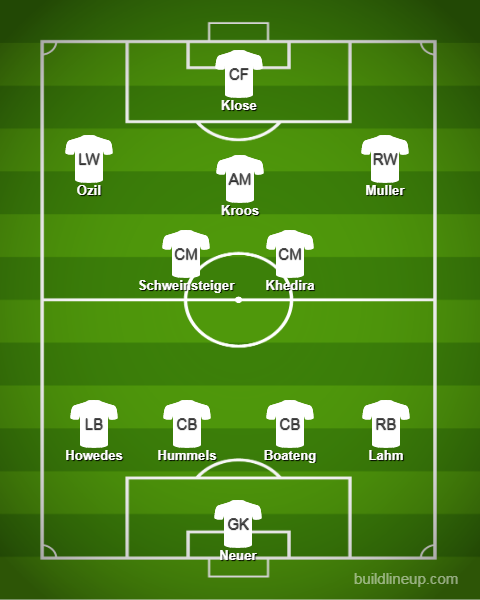 Trophies: 1
Trophies: 1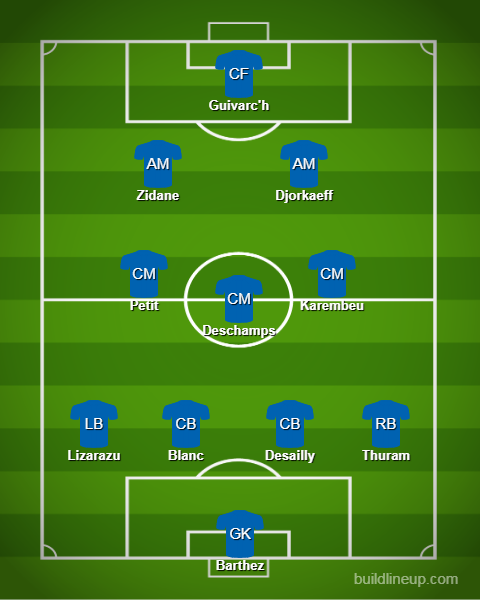 Trophies: 2
Trophies: 2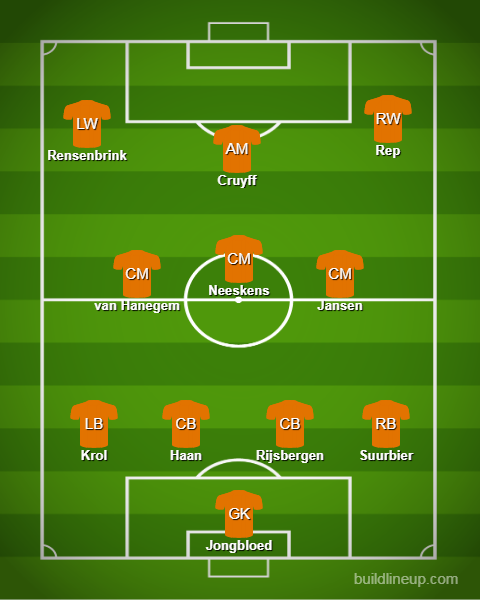 Trophies: 0
Trophies: 0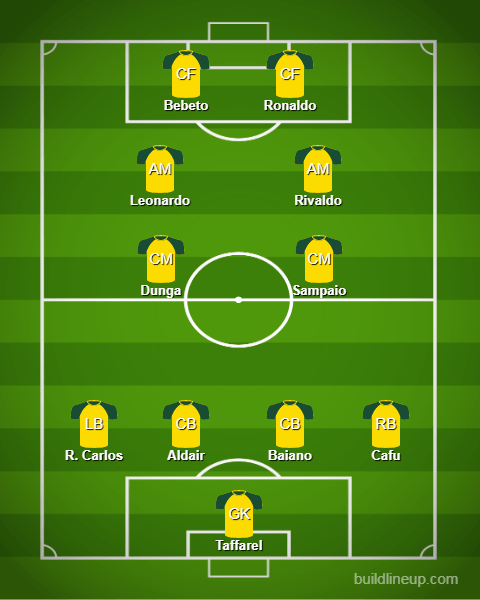
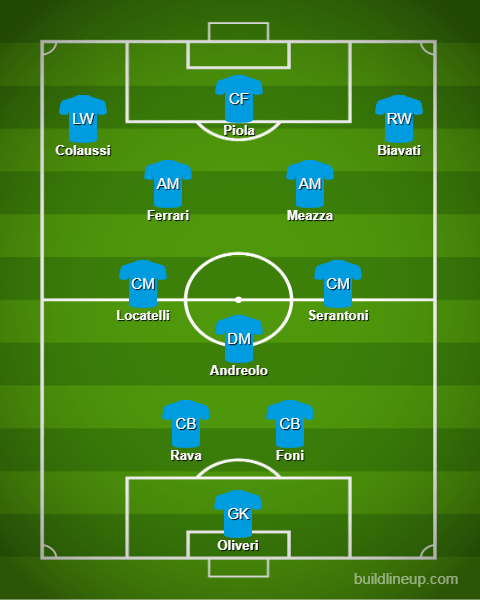 Trophies: 2
Trophies: 2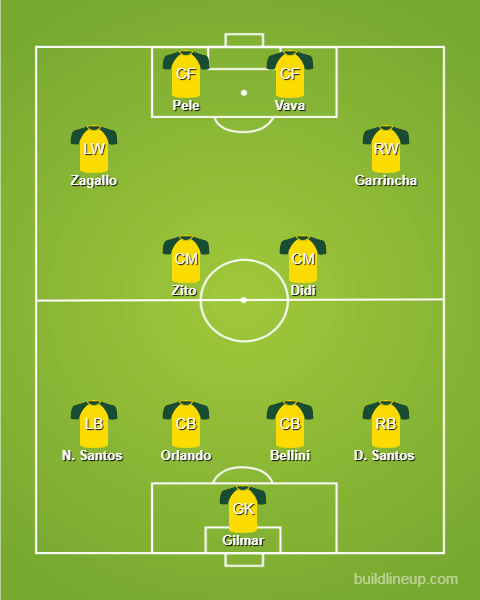 Trophies: 2
Trophies: 2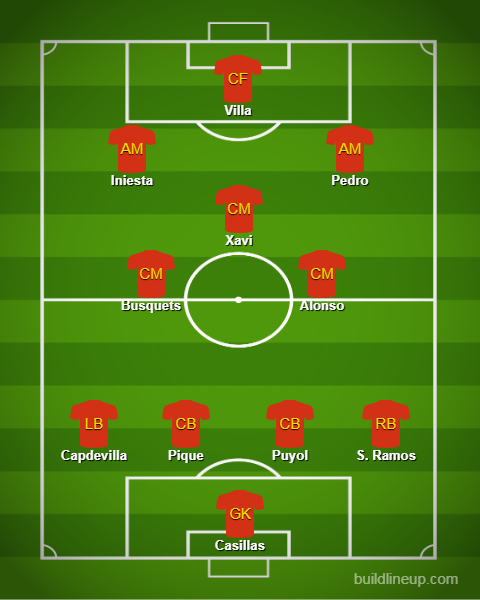
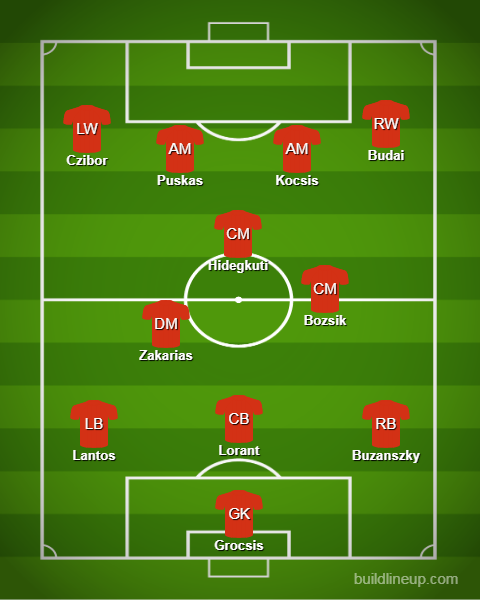 Trophies: 2
Trophies: 2